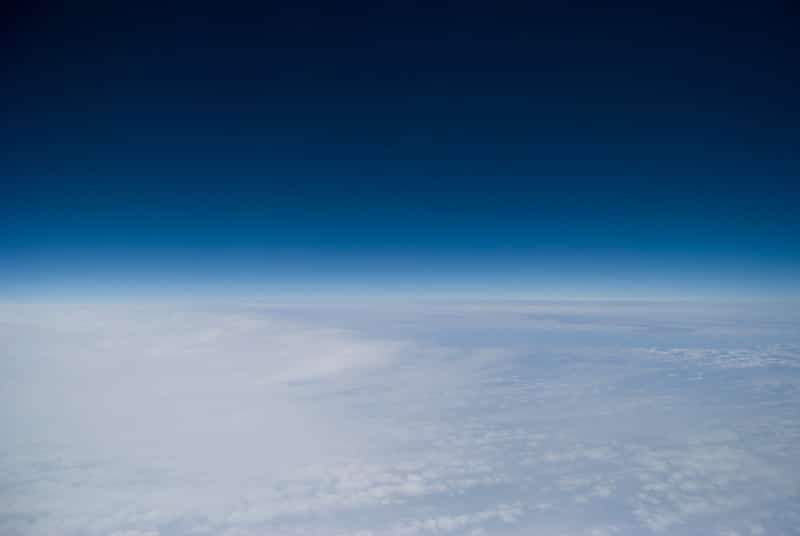A new study has found that the rapid and continuous growth of CO2 emissions in recent decades is heating and expanding the lower atmosphere, leading to the shrinking of the stratosphere.
—
What Does This Mean?
- The study, published in the journal Environmental Research Letters, found that emissions have shrunk the stratosphere- which extends from roughly 15 to 60 kilometres above the Earth’s surface- by 400 metres since the 1980s. Without steep cuts in emissions, it could shrink by another kilometre by 2080.
- The study reached its conclusions using the small set of satellite observations taken since the 1980s in combination with multiple climate models, which included the complex chemical interactions that occur in the atmosphere.
- A shrinking stratosphere could affect satellite operations, GPS systems and radio communications.
- The troposphere, which extends from the Earth’s surface to roughly 20 km above, is heating and expanding due to climate change, and is pushing into the lower boundary of the stratosphere. Additionally, as CO2 enters the stratosphere, it cools the air in that layer, causing it to further contract.
- Scientists already knew that the troposphere was growing in height as carbon emissions increase and had hypothesised that the stratosphere was shrinking. However, this new study is the first to show this.
You might also like: Ocean Gases are Accelerating Warming in Antarctica- Study
Paul Williams, a professor of atmospheric science at the University of Reading in the UK who was not involved in the new research, said, “Some scientists have started calling the upper atmosphere the ‘ignorosphere’ because it is so poorly studied. This new paper will strengthen the case for better observations of this distant but critically important part of the atmosphere. It is remarkable that we are still discovering new aspects of climate change after decades of research.”
- This discovery is the latest to show the impact of humans on the planet. In April, scientists showed that climate change had shifted the Earth’s axis as the melting of glaciers redistributes weight around the globe.
Featured image by: Flickr

















